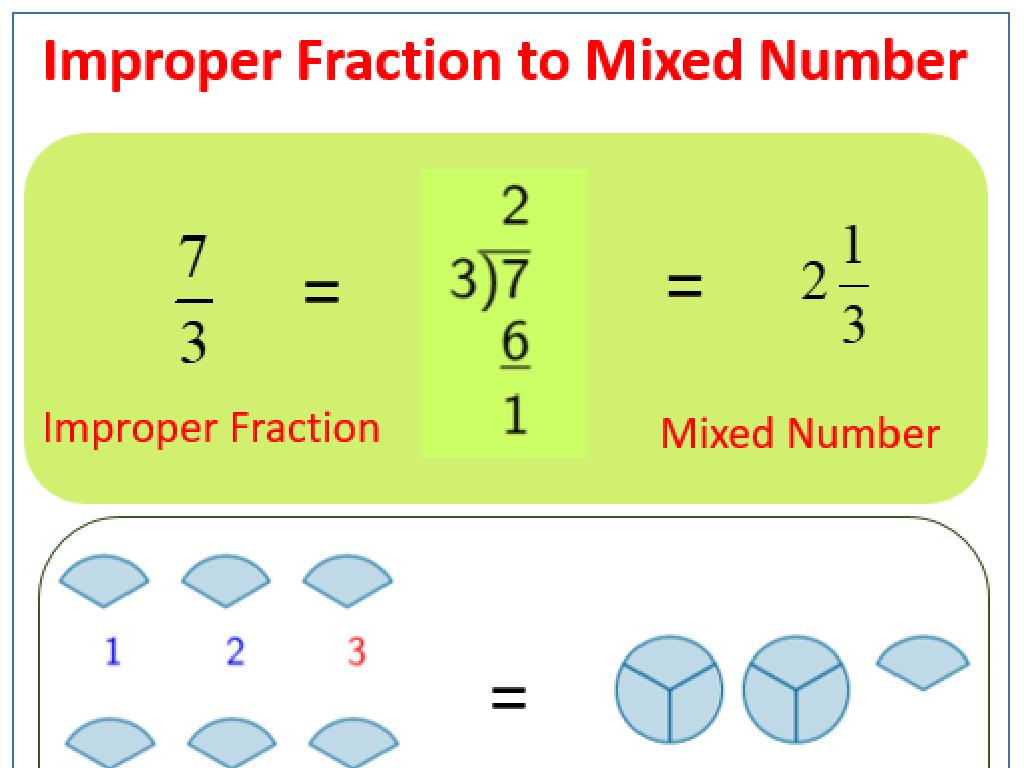Understanding The Chemistry Of Cellular Respiration
Subject: Science
Grade: Eighth grade
Topic: Biochemistry
Please LOG IN to download the presentation. Access is available to registered users only.
View More Content
Introduction to Cellular Respiration
– Exploring Biochemistry basics
– Focus: Cellular Respiration Chemistry
– How cells convert glucose into energy
– Cellular Respiration’s role in life
– It provides energy for all life processes
– Why it’s essential for organisms
– Without it, cells would not have the energy to function
|
This slide introduces the complex topic of cellular respiration, a fundamental biochemical process. Begin by explaining the basics of biochemistry the study of the chemical substances and vital processes occurring in living organisms. Then, narrow down to the chemistry of cellular respiration, which is the process by which cells convert glucose and oxygen into energy, carbon dioxide, and water. Emphasize the importance of this process in providing the energy that powers every action within the body, from muscle contraction to thought processes. Without cellular respiration, organisms would not be able to sustain life. Encourage students to think about how energy is used in their daily activities as a way to relate to the concept.
Exploring Biochemistry in Cellular Respiration
– Biochemistry: biology meets chemistry
– Chemical processes in organisms
– Study of molecules like DNA, proteins, and how they contribute to life
– Cellular respiration as a biochemical process
– How cells convert nutrients into energy: a key biochemical reaction
– Examples: digestion, photosynthesis
– Digestion breaks down food for energy; photosynthesis converts light to energy
|
This slide introduces the concept of biochemistry, which is the study of chemical processes within and related to living organisms. It’s a field that combines biology with chemistry to explore the molecular mechanisms of life. Cellular respiration is a prime example of a biochemical process, where cells convert glucose and oxygen into energy, carbon dioxide, and water. Other examples include digestion, where food is chemically broken down to extract nutrients, and photosynthesis, where plants convert sunlight into chemical energy. Encourage students to think about how these processes are essential for life and to consider other examples of biochemistry they encounter daily.
Overview of Cellular Respiration
– Cellular respiration defined
– Process by which cells produce energy (ATP) from glucose
– Mitochondria: Energy’s powerhouse
– Site where respiration occurs
– Glycolysis: The first stage
– Breaks glucose into pyruvate, producing ATP
– Krebs & Electron Transport Chain
– Completes energy extraction, yielding more ATP
|
Cellular respiration is a complex process that all living cells use to generate energy in the form of ATP. It’s essential for students to understand that this process takes place in the mitochondria, often referred to as the ‘powerhouse of the cell.’ The process begins with glycolysis, which occurs in the cytoplasm and breaks down glucose into pyruvate while producing a small amount of ATP. The Krebs cycle and the Electron Transport Chain, which take place inside the mitochondria, are responsible for the majority of the energy (ATP) produced during cellular respiration. Emphasize the importance of each stage and how they connect to each other. This slide sets the foundation for a deeper dive into each stage of cellular respiration in subsequent lessons.
The Role of Glucose in Cellular Respiration
– Glucose: Fuel for respiration
– Glucose is the primary molecule cells use for energy.
– Obtaining glucose in cells
– Cells get glucose from the food we eat, like carbohydrates.
– Glycolysis: Glucose breakdown
– Glycolysis splits glucose into pyruvate, producing ATP.
– Glucose’s journey in the cell
|
This slide introduces students to the fundamental role of glucose in cellular respiration. Glucose, a simple sugar, is the starting point of cellular respiration and serves as the main fuel for cells to produce energy. Students should understand how cells obtain glucose through the digestion of food, particularly carbohydrates. The process of glycolysis, which takes place in the cytoplasm, breaks down glucose into pyruvate molecules, resulting in the production of ATP, the energy currency of the cell. Emphasize the importance of glucose in providing the necessary energy for cellular functions and the efficiency of glycolysis as the first step in cellular respiration.
Glycolysis: Beginning Cellular Respiration
– Glycolysis: First step in respiration
– Breakdown of glucose to extract energy
– Takes place in the cell’s cytoplasm
– Cytoplasm: jelly-like fluid inside cells
– Produces pyruvate, ATP, and NADH
– ATP: energy currency of the cell, NADH: carries electrons
– Essential for energy extraction
|
Glycolysis is the initial phase of cellular respiration, where glucose is broken down into pyruvate, yielding ATP and NADH as key products. This process occurs in the cytoplasm, the jelly-like substance within the cell membrane. ATP is the main energy carrier in the cell, while NADH plays a crucial role in transferring electrons to the next stages of respiration. Understanding glycolysis is fundamental for students as it sets the stage for the subsequent processes that lead to complete breakdown of glucose into water and carbon dioxide, releasing energy that the cell can use for various functions.
The Krebs Cycle: Harnessing Energy
– Second stage of respiration
– Occurs in mitochondrial matrix
– The ‘powerhouse’ of the cell hosts this cycle
– Produces ATP, NADH, FADH2
– These molecules store energy for the cell’s use
– CO2 is released as a byproduct
– Carbon dioxide is a waste product of energy conversion
|
The Krebs Cycle, also known as the Citric Acid Cycle, is a crucial part of cellular respiration that takes place after glycolysis. It occurs in the mitochondrial matrix, the innermost compartment of the mitochondria, often referred to as the ‘powerhouse of the cell.’ The main outputs of this cycle are ATP, which is the cell’s energy currency, and the electron carriers NADH and FADH2, which are used in the next stage of cellular respiration to produce more ATP. Additionally, CO2 is released as a byproduct, which is then exhaled by organisms. Understanding the Krebs Cycle is fundamental for students as it links to how energy is extracted from food and converted into a usable form.
Electron Transport Chain & ATP Production
– Final stage of cellular respiration
– Location: Inner mitochondrial membrane
– Mitochondria, the powerhouse of the cell, hosts this vital process
– ATP synthesis via oxidative phosphorylation
– Electrons are transferred through proteins, creating energy to add phosphate to ADP, forming ATP
– Role of ETC in energy production
– ETC is the main source of ATP, the energy currency of the cell
|
This slide focuses on the electron transport chain (ETC) and ATP production, the last phase of cellular respiration. It occurs in the inner mitochondrial membrane, where a series of proteins transfer electrons, releasing energy used to synthesize ATP from ADP through oxidative phosphorylation. This process is crucial for energy production in cells, with the ETC being the primary source of ATP. Ensure students understand the significance of the mitochondria in energy production and the concept of ATP as the energy currency. Provide examples of how ATP powers various cellular functions. Discuss the role of oxygen in accepting electrons at the end of the ETC, which is essential for the production of ATP.
Exercise and Cellular Respiration
– Exercise boosts cell respiration
– Physical activity demands more energy, thus cells increase respiration rate to meet this demand.
– Breathing rate links to energy need
– As muscles work harder, they need more oxygen, leading to faster breathing to supply it.
– Lactic acid fermentation in exercise
– When oxygen is low, muscles produce energy anaerobically, resulting in lactic acid buildup.
– Understanding energy & endurance
– Grasping these concepts helps explain stamina and recovery times post-exercise.
|
This slide aims to connect the concept of cellular respiration with a common experience: exercise. When we exercise, our cells need to produce more energy to fuel our muscles, which increases the rate of cellular respiration. This is directly observable through the increased breathing rate as the body tries to take in more oxygen that is required for aerobic respiration. During intense workouts, when oxygen supply is insufficient, cells switch to lactic acid fermentation for energy, leading to muscle fatigue and soreness. Understanding these processes provides insight into the importance of pacing and recovery in physical activities. Encourage students to relate this information to their experiences with exercise and discuss how this understanding can lead to better athletic performance and overall health.
Class Activity: Simulating Cellular Respiration
– Group activity: Model cellular respiration stages
– Use glucose models & colored beads
– Represent ATP/ADP molecules with beads to visualize energy transfer
– Construct paper mitochondria
– Demonstrate energy & electron flow
– Show how glucose breakdown releases energy for ATP formation
|
This interactive group activity is designed to help students visualize and understand the complex process of cellular respiration. By using glucose models and colored beads, students can simulate how energy is transferred and transformed within the cell. The construction of paper mitochondria will give a tangible aspect to the ‘powerhouse of the cell.’ The main objective is to demonstrate the flow of energy from glucose to ATP, as well as the movement of electrons during the process. Teachers should prepare different sets of materials for each group and guide them through the stages of cellular respiration, ensuring that each student is engaged and understands the significance of each step. Possible variations of the activity could include different scenarios of electron transport chain interruptions, simulating conditions such as cyanide poisoning or oxygen deprivation.
Cellular Respiration: Summary & Significance
– Recap of cellular respiration
– A process cells use to make energy from glucose
– Significance for organisms
– Essential for energy to grow, repair, and maintain cells
– Open floor for Q&A session
– Encourage curiosity and understanding
– Asking questions deepens comprehension
|
This slide aims to wrap up the lesson on cellular respiration by summarizing the key points and emphasizing its importance for life. Cellular respiration is a biochemical process that converts glucose into ATP, the energy currency of the cell, which is vital for all biological functions. Highlight how this process is crucial for organisms to perform activities like growth, repair, and maintenance. The Q&A segment is an opportunity for students to ask questions and clarify any doubts, fostering a deeper understanding of the topic. Encourage students to be inquisitive, as asking questions is a key part of the learning process.




/mla_citation_example.jpg)

